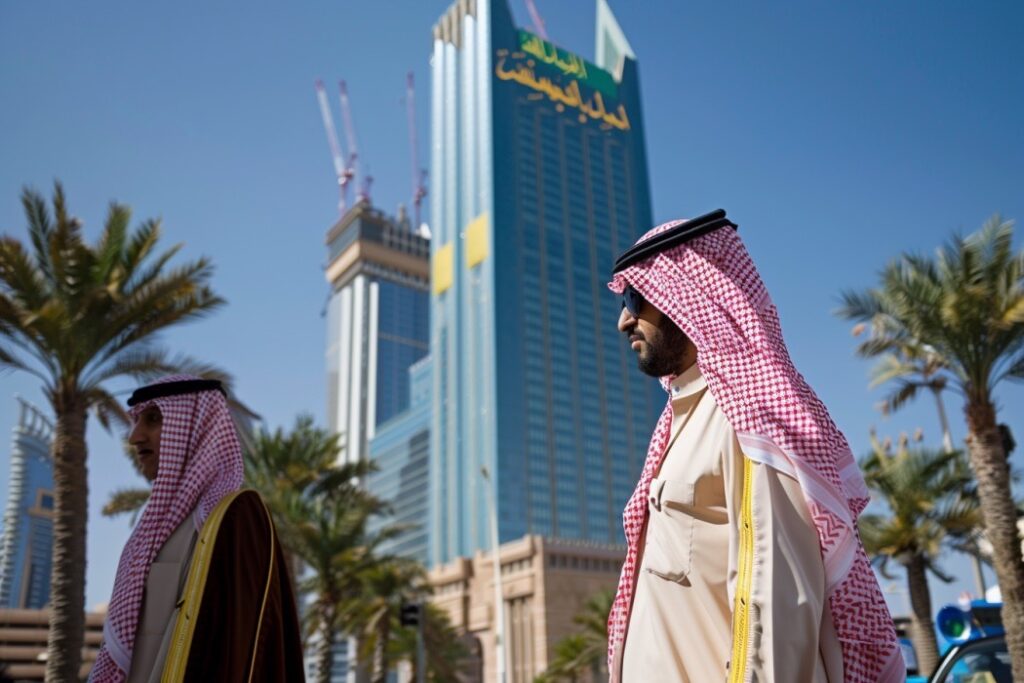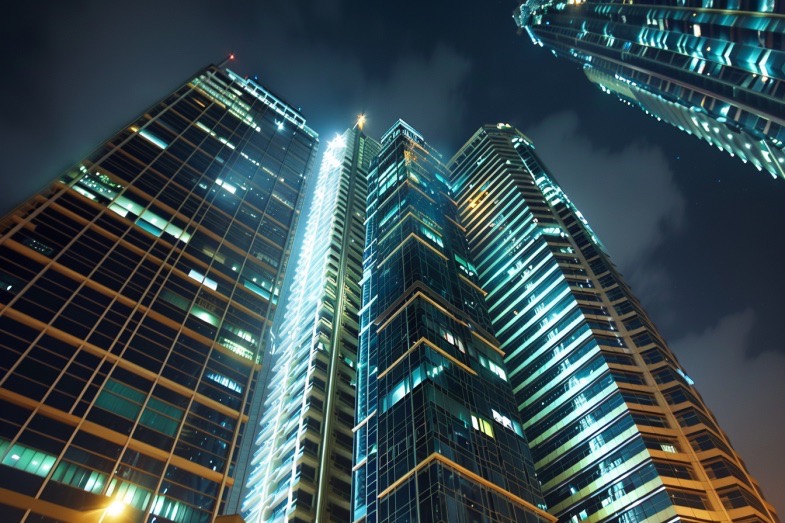Tourists and Mount Fuji: A Clash of Cultures
TOKYO — A group of eager tourists roll their cumbersome suitcases through the bustling crowds, determined to capture the perfect shot.
They gather on a sidewalk across from a convenience store, but this is no ordinary store. Towering behind it is Japan’s highest peak, the awe-inspiring Mount Fuji.
The snow-capped 3,776m summit creates a breathtaking backdrop for those seeking their next iconic selfie or Instagram moment. And the visitors achieve their goal – just in the nick of time.
Fast forward a few weeks to this morning, and that picturesque view has vanished. The previously busy viewing spot – the sidewalk – is now shielded by a large black mesh screen, stretching as long as a cricket pitch.
The barrier is a response to numerous complaints from locals, who have been disrupted by tourists jaywalking and littering.
The charming town of Fuji Kawaguchiko is feeling the strain of a tourism surge – Japan saw a record three million visitors in March and April, driven by a weak yen and a post-pandemic travel boom.
The screen symbolizes Japan’s struggle to manage the influx of tourists while preserving its unique culture and way of life.
It has been a bustling Tuesday in Fuji Kawaguchiko.
Japanese officials had announced in late April that the screen would be erected, drawing attention to this rural corner of central Japan. As workers assembled the screen, surrounded by cameras and curious tourists, the installation became a spectacle.
Despite the screen’s purpose to deter visitors, it has not been entirely successful.
Visitors question its effectiveness: “It may work for a few days. But I’m sure someone will make a hole [in it] and take a picture at some point,” says Kazakh tourist Yuri Vavilin.
Disappointed at missing the shot, Vavilin plans to return the next day and attempt to capture the view from either end of the screen.
This dedication surprises 65-year-old Kazuhiko Iwama, a lifelong resident of Fuji Kawaguchiko. His home faces the ubiquitous Lawson convenience store, with its bright lights and famous blue sign.
“I see it every day from my window, so I really don’t have much to say about it,” he remarks, gazing at the volcano attracting tourists worldwide. “I guess I take it for granted.”
It’s a quintessentially “Japanese” scene – the ordinary Lawson juxtaposed against the extraordinary view of Mount Fuji. It has even earned the nickname “Mount Fuji Lawson” online.
Iwama doubts the screen will deter determined tourists. With the sidewalk now inaccessible, he fears more tourists will venture onto the road for photos.
He emphasizes the problem lies in tourists not following the rules.
“They cross the street and they don’t seem to care about the cars at all, it is dangerous. And they leave trash and cigarette butts everywhere.”
This behavior is considered rude and careless in a country with few street bins – visitors are expected to take their trash home.
The screen was a last resort for local officials, who lamented, “It’s regrettable we have to do this because of some tourists who can’t respect rules.”
Less drastic measures, such as multilingual road signs, were ignored. When visited earlier, local security tried to prevent accidents, blowing whistles at jaywalkers.
On one occasion, a driver honked aggressively at a pedestrian obstructing traffic for a photo in front of the Lawson.
“I think one person posted a cool picture of themselves in front of this Lawson and it went viral and everybody decided ‘I want to go there. I want that picture on my Instagram,’” says Maddison Verb, a tourist from the United States.
Despite the serene photos soon to be shared, the scene around them was chaotic and tense.
“There’s a guy working here just to prevent people from crossing the road. It is insane,” said Coralie Nieke, a visitor from Germany.
“If I didn’t have social media, I wouldn’t have come here. I wouldn’t even have known that this place existed.”
She expressed feeling overwhelmed by the number of people vying for the same shot, but managed to capture the “Lawson photo”.
Local Kikue Katsumata, 73, sympathizes with both sides: “I feel sad for those tourists who come all the way to see the view and take pictures, but traffic here is quite heavy, and we are all very concerned about accidents.”
Despite the screen, tourists remain unconvinced it will solve the issue.
“I think they’ll stand on the road to get the shot,” says Australian Maddie Godwin, echoing Iwama’s concerns.
Other visitors feel there are alternative locations for stunning photos of Mount Fuji.
Wandy Chow, a visitor from Toronto, says, “There are other places you can take beautiful pictures of Mt Fuji.”
Her son, Zachary, has found another shop with a good view of Mount Fuji, but keeps the location secret. “I don’t want people to go there,” he says, anticipating his next shareable moment. — BBC
Unleash Your Inner Journalist: Dive into the World of Descriptive Writing with Headings galore
Are you ready to take your writing to the next level? Do you want to add a touch of flair and pizzazz to your content? Well, look no further because we are here to help you unleash your inner journalist and dive into the world of descriptive writing with headings galore.
With our expert tips and tricks, you’ll learn how to captivate your audience with vivid descriptions and engaging storytelling. From setting the scene to painting a picture with words, we’ll show you how to bring your words to life and keep your readers hooked from start to finish.
So grab your notepad and pen, and get ready to elevate your writing game with our comprehensive guide to descriptive writing with headings. Let’s dive in and unleash your inner journalist!



